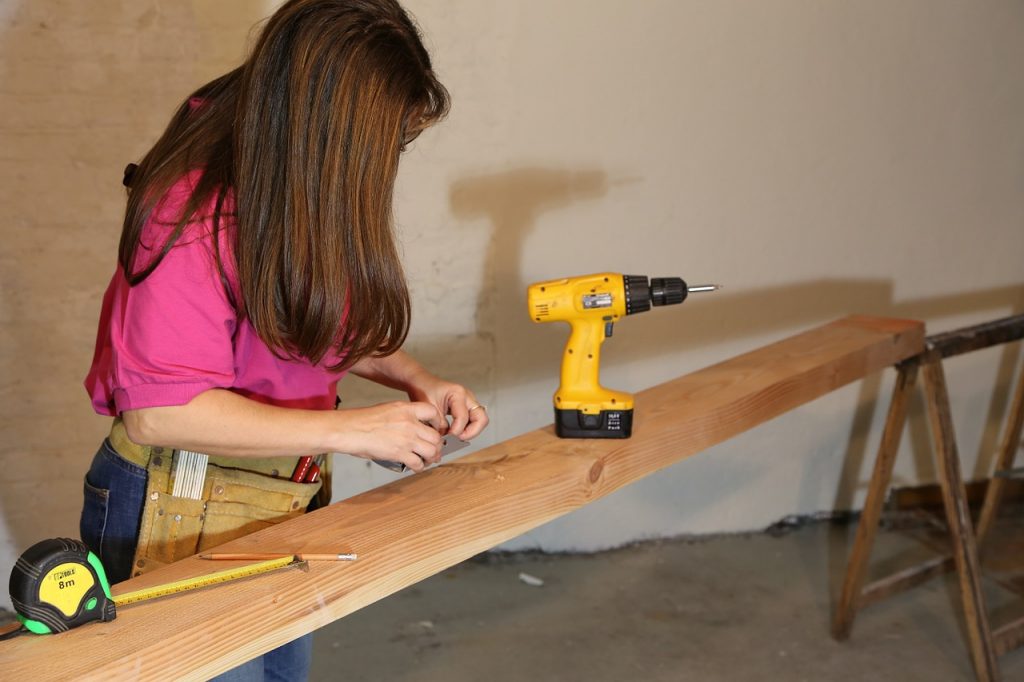
The 7 Top Safety Precautions for DIY
Contents
– Before you start
– During the DIY process
– After the work
– What to do in case of an accident?
On average, one person is admitted to the emergency room every two minutes for a DIY accident. Falls, cuts, burns, crushing, electrocution, and poisoning are the most frequent injuries.
Here are all the precautions you need to take to work safely.
Good to know: to stay on good terms with your neighbors, remember to warn them of your DIY work. Check with your town hall to find out what hours are tolerated and set by the bylaws.
Before starting
The vast majority of DIY accidents occur when basic safety rules are not followed. To avoid this:
– 1. Please choose the right tools for your work and make sure they are in good condition. An unsuitable or worn tool can be dangerous for your safety and that of your environment.
– 2. Protect yourself:
◦ by using quality safety equipment: gloves, mask, chemical resistant boots, hearing protection, hard hat, and safety glasses;
◦ tying back your hair;
◦ removing your jewelry;
◦ choosing clothing that is neither too loose so as not to snag the material nor too tight so as not to impede your movement.
– 3. Arrange your work environment to suit the job:
◦ Be sure not to use electricity near water.
◦ Do not perform work in a poorly lit and ventilated area.
◦ Keep your work area free of dust and other items that may interfere with your work.
◦ Check the stability and sturdiness of the tools and supports used.
– 4. Read the instruction manuals to learn as much as possible about the specifics of the tools you are using and the safety instructions to follow.
Warning: an odorless product is not a risk-free product. Many products contain chemicals, even if they do not smell.
During the work

When your work is in progress:
– 5. Keep children away: chemical fumes, splashes, and noise are even more dangerous for them than they are for you.
– 6. Stay focused on your work: When you’re working on a project, even small mistakes can have dramatic consequences. It’s very easy to break a finger with a hammer or fall off a scaffold because you didn’t secure yourself properly. So be careful throughout the DIY process.
After the job
If the job is finished, you still have a few steps to take before you are completely done:
– 7. (i) Tidy up your work environment: unplug all appliances and put toxic products out of reach of children.
– 7. (ii) Tidy up, clean up, and air out: this will prevent you from getting your feet caught in the extension cord or causing a fire by leaving an appliance plugged in.
Please note: this list is not exhaustive. The precautions to take depend on the work being done and the equipment used.
What to do in case of an accident?
– In the event of a minor burn, place the affected area under cold water for 15 minutes and then apply greasy tulle.
– In case of a cut, disinfect the affected area and protect it with a bandage.
– In case of projection on the face, rinse abundantly with water, and contact a doctor.
– In case of injection or ingestion of the chemical, contact your nearest poison control center.
How did you find this post? Do you want more information on this subject? Leave us your comments below, and we’ll get back to you quickly.




One thought on “The 7 Top Safety Precautions for DIY”